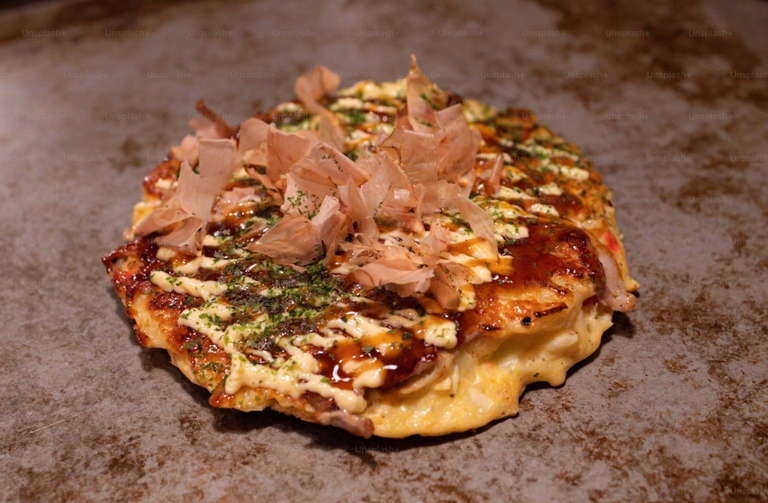Tamagoyaki, the iconic Japanese rolled omelette, is a delightful blend of simplicity and sophistication. Whether you’ve tasted it in sushi or as part of a traditional Japanese breakfast, this sweet and savory dish never fails to impress. With a few basic ingredients and the right technique, you can recreate this culinary gem at home.
What Makes Tamagoyaki Unique?
Tamagoyaki is not just an omelette; it’s a beautifully layered, rolled dish made with a combination of eggs, dashi (Japanese soup stock), soy sauce, and sugar. The flavor profile is a balance of umami, sweetness, and a subtle hint of saltiness, making it versatile enough for breakfast, lunch, or even as a snack.
Ingredients for Tamagoyaki 🥚
- 4 large eggs
- 2 tablespoons dashi stock (or water as a substitute)
- 1 tablespoon soy sauce
- 1 tablespoon sugar
- 1 teaspoon mirin (optional, for added sweetness)
- Vegetable oil (for greasing the pan)
Tools You’ll Need
- A Tamagoyaki pan (rectangular frying pan) is traditional, but a small round pan works too.
- Chopsticks or a spatula for rolling.
- A small bowl for mixing the egg mixture.
Step-by-Step Instructions 🥢
1. Prepare the Egg Mixture
- Crack the eggs into a bowl and beat them until well combined.
- Add dashi stock, soy sauce, sugar, and mirin (if using). Mix thoroughly to ensure even seasoning.
2. Heat the Pan
- Heat the tamagoyaki pan over medium heat and lightly grease it with a small amount of vegetable oil. Use a paper towel to spread the oil evenly.
3. Cook the First Layer
- Pour a thin layer of the egg mixture into the pan, just enough to cover the bottom.
- Tilt the pan to spread the mixture evenly and let it cook until it’s almost set but still slightly wet on top.
4. Roll the Omelette
- Using chopsticks or a spatula, carefully roll the egg layer from one end of the pan to the other.
- Move the rolled omelette to one side of the pan.
5. Add More Layers
- Lightly grease the pan again if needed.
- Pour another thin layer of the egg mixture into the pan, ensuring it flows underneath the rolled omelette.
- Once this layer is almost set, roll it together with the previous roll.
6. Repeat and Finish
- Continue adding layers and rolling until all the egg mixture is used.
- Once finished, lightly press the roll with a spatula to shape it.
7. Slice and Serve
- Let the tamagoyaki cool slightly before slicing it into even pieces.
- Serve as is, or pair with rice, soy sauce, or pickled vegetables for a traditional touch.
Tamagoyaki Variations 🍴
- Savory Tamagoyaki: Add chopped green onions, shredded nori, or grated cheese for extra flavor.
- Vegetable Tamagoyaki: Include finely chopped carrots, spinach, or bell peppers for a nutritious twist.
- Spicy Tamagoyaki: Mix in a dash of chili oil or sriracha for a kick.
Tips for Perfect Tamagoyaki 💡
- Use Low to Medium Heat: Avoid high heat to prevent the eggs from browning too quickly.
- Strain the Egg Mixture: For a smooth texture, strain the mixture before cooking.
- Be Patient: Rolling takes practice. Start with small amounts of egg mixture if you’re a beginner.
Why You Should Try Tamagoyaki
Tamagoyaki is more than just food; it’s an art form that represents Japanese culinary craftsmanship. Its delicate layers and balanced flavors make it a treat for the senses. Whether enjoyed on its own or as part of a bento box, tamagoyaki adds a touch of elegance to any meal.


